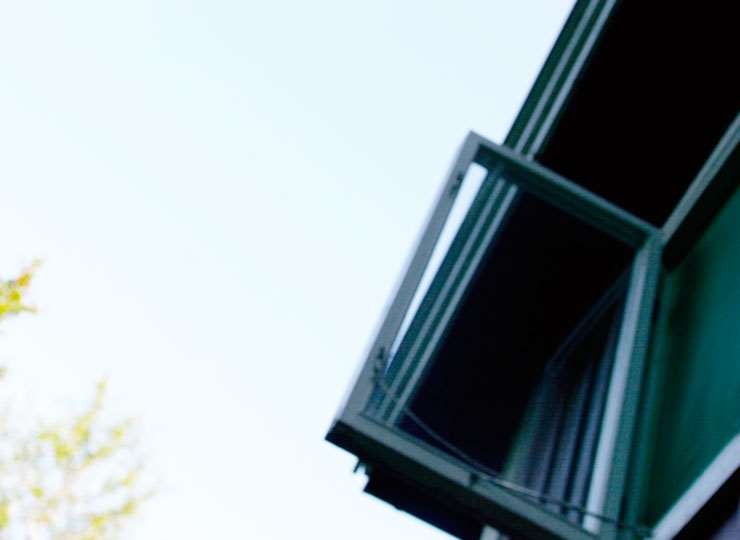
If a gas appliance is not working properly, it could be burning the gas incompletely. This causes dangerous carbon monoxide to form. Here's how you can avoid the typical mistakes that can result in carbon monoxide poisoning.
The danger of carbon monoxide poisoning is greatest when gas appliances are used for long periods in rooms where people are living. If a room is small or inadequately ventilated, a little carbon monoxide can be very dangerous. This is why you must always ensure that rooms in which you use gas appliances are well ventilated.
It is a good idea to set up a gas detector on the floor near the gas bottle or other places where gas can leak. Also install a carbon monoxide alarm, so that you are notified in the event of poor combustion and the risk of carbon monoxide poisoning.
Check the instructions to see what size room the appliance requires. Appliances that burn a lot of gas and oxygen, such as free-standing, unvented gas heaters, should not be used for long periods of time. These heaters must be continually monitored, and never used in rooms where someone is sleeping. Gas appliances designed for outdoor use must never be used indoors.
Typical faults in gas appliances are for burners to be partially blocked by dust or dirt, or for parts of the appliance to be dirty or broken due to damage or poor maintenance.
How to maintain gas appliances in your cabin
Remember to retain the user and maintenance information that came with your appliance, and follow the instructions there. If you have appliances that you don't use very often, you should also vacuum them or blow the dust away before use. This applies particularly to gas-fired fridges, which have an air intake close to the floor.
Some gas fridges have components that must be thoroughly cleaned (e.g. the pipe above the burner/flame at the back of the fridge). This is particularly important, and will be described in the user instructions.
Carbon monoxide poisoning is caused by a lack of oxygen in the blood. If a gas appliance is not working properly, it could be burning the gas incompletely. Carbon monoxide then forms, which can lead to carbon monoxide poisoning.
Carbon monoxide is a gas that has no smell or taste, which makes it difficult to detect. The alarming thing about carbon monoxide is that it makes you gradually tired and groggy, and eventually unable to handle the situation, leading to asphyxiation.